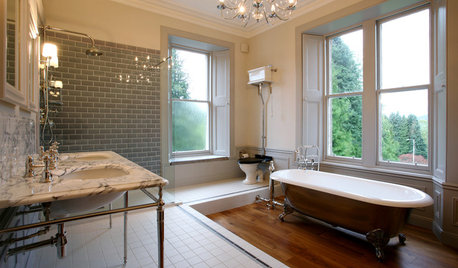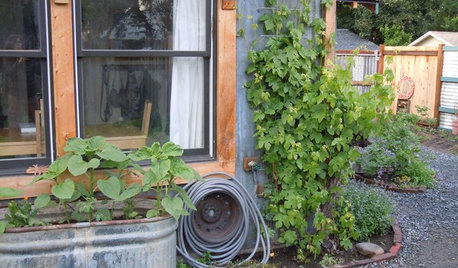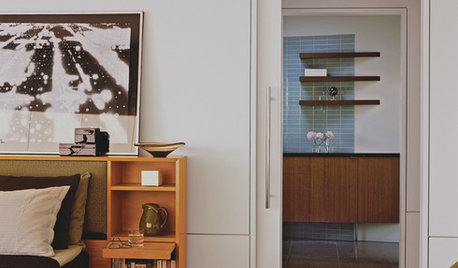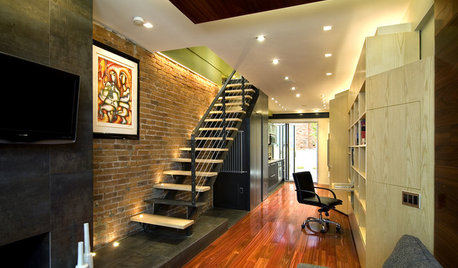Capital Precision problems
laranbrian
12 years ago
Related Stories

REMODELING GUIDESThe Hidden Problems in Old Houses
Before snatching up an old home, get to know what you’re in for by understanding the potential horrors that lurk below the surface
Full Story
LANDSCAPE DESIGNProblem Solving With the Pros: Rustic Simplicity in a Country Garden
Editing thoughtfully and adding some magic result in a timeless weekend retreat
Full Story
ARCHITECTUREWhat’s Fueling Austin’s Edgy Modern Architecture?
A look at the blossoming design scene in Texas’ capital city — and what’s behind all the experimentation
Full Story
BATHROOM DESIGNRoom of the Day: Space and Stunning Views in a Luxe Scottish Bath
A spare bedroom is transformed to make a spacious family bathroom complete with classic fittings and a layout that capitalizes on the views
Full Story
HOUSEKEEPINGProtect Your House From Winter Water Damage
Avoid costly repairs by learning to spot potential problem areas before water damage is done
Full Story
SHOP HOUZZHouzz Products: Innovative Things to Make You Say, ‘Wow’
Meet the problem solvers, the delightful finds and other models of great, creative design
Full Story
GARDENING GUIDESEdible Gardening Essentials: Tips for Traditional Hand Watering
Save the expense and hassle of a complicated garden system with a simple watering can or inexpensive hose add-ons
Full Story
GUESTHOUSESHouzz Tour: An Elegant Studio Apartment Over the Garage
A dark space full of odd angles becomes a beautiful and functional college apartment
Full Story
ARCHITECTUREThe Truth About 'Simple' Modern Details
They may look less costly and easier to create, but modern reveals, slab doors and more require an exacting hand
Full Story
HOUZZ TOURSDesign Lessons From a 10-Foot-Wide Row House
How to make a very narrow home open, bright and comfortable? Go vertical, focus on storage, work your materials and embrace modern design
Full StoryMore Discussions






weissman
laranbrianOriginal Author
Related Professionals
Bonita Kitchen & Bathroom Designers · El Dorado Hills Kitchen & Bathroom Designers · Fresno Kitchen & Bathroom Designers · Gainesville Kitchen & Bathroom Designers · Redmond Kitchen & Bathroom Designers · Southampton Kitchen & Bathroom Designers · Sun City Kitchen & Bathroom Designers · Town 'n' Country Kitchen & Bathroom Designers · Bellevue Kitchen & Bathroom Remodelers · Kuna Kitchen & Bathroom Remodelers · Spokane Kitchen & Bathroom Remodelers · Upper Saint Clair Kitchen & Bathroom Remodelers · Shaker Heights Kitchen & Bathroom Remodelers · Sharonville Kitchen & Bathroom Remodelers · Crestview Cabinets & CabinetrylaranbrianOriginal Author
Trevor Lawson (Eurostoves Inc)
laranbrianOriginal Author
stooxie
laranbrianOriginal Author
plllog
Caddidaddy55
laranbrianOriginal Author
laranbrianOriginal Author
weissman
laranbrianOriginal Author
weissman
plllog
laranbrianOriginal Author
plllog
amcook
laranbrianOriginal Author